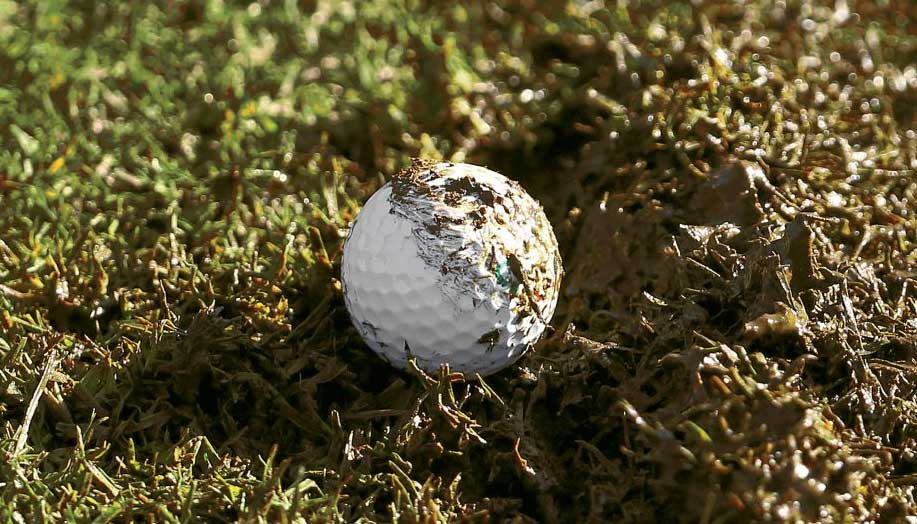“Muddy” Golf Can Still Be Fun Golf!
By Greg Schulze
After a long and snowy Minnesota winter, spring is an exciting time as the golf courses open and we can get outside again. However, with all those nice things, comes wet and muddy conditions. Knowing how to make adjustments can make your round just as enjoyable as a dry, sunny day in July. Here’s how:
CLEAN SPIKES
Before your first round, especially if they’re going to be wet or muddy rounds, make sure to replace your old spikes from last season with new ones. If you choose not to, remember to take a look and clean them off as best you can after every hole. In absence of actual spike cleaners by tee boxes, I use the green repair tool from my golf bag to clean my spikes.
ON THE TEE BOX
Look for a dry area to tee your ball up, keeping in mind that the rules allow you to tee the ball up between the tee markers and up to two club-lengths back. Finding a spot which will keep your feet from slipping is vital.
TEE SHOT SWING
If you couldn’t find a dry spot on the tee box and sense that there will be some loss of balance during your tee shots, realize that you may have to drop down on the energy/speed of your swing if using a driver or use a shorter-shafted club if not. Better to keep your balance and lose a few yards than to slip in your downswing and lose a few $5 golf balls!
ON THE FAIRWAY (or in the rough)
If your tee shot landed in the fairway, congrats… BUT, if your ball is in some visible water (no matter how deep) or you’ll have to stand in some water, know the “casual water” rule which allows you a free drop out of that condition. If it’s just a bit muddy, and you have a full swing iron shot to the green, play the ball in the MIDDLE of your stance so that the clubhead will be at its shallowest point at impact to reduce the amount of ground/mud you might strike before impact.
ON THE PUTTING GREEN
Realize that if the course just opened, it may be too wet for the grounds crew to get the green mowers out yet. The moisture in the green from the melting snow will make the greens SLOWER than a dry day in the summer; make sure you adjust for this with a longer swing than normal.
Enjoy the challenges of adjusting to changing conditions… it’s simply part of the learning process!



